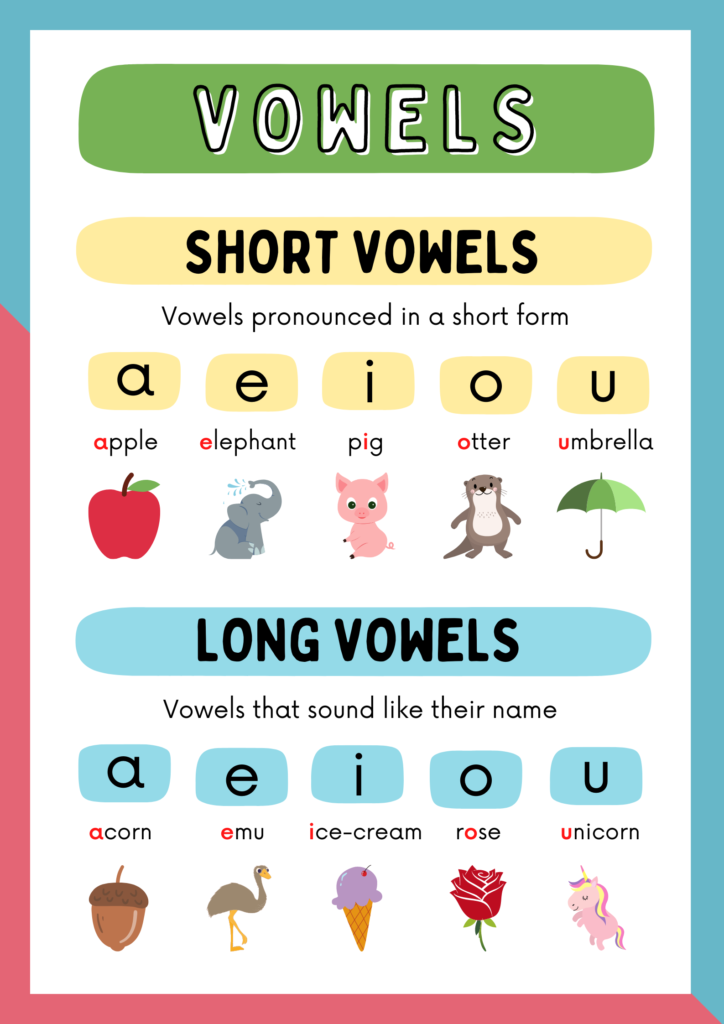Alphabetical phonics sound word worksheets
- 1. Start with the Alphabet:
- 2. Foster Phonemic Awareness:
- 3. Utilize Phonics Worksheets:
- 4. Implement a Multisensory Approach:
- 5. Teach Phonics Rules:
- 6. Encourage Reading Aloud:
- 7. Explore Word Families:
- 8. Make Use of Phonics Games:
- 9. Scaffold Learning:
- 10. Offer Constructive Feedback:
- 11. Encourage Independent Reading:
- 12. Create a Print-Rich Environment:
- 13. Tailor Instruction Individually:
- 14. Monitor Progress:
- 15. Foster a Love for Reading:
Alphabetical phonics sound words are the foundation of reading and spelling proficiency. Successfully teaching these phonics sound words is essential for learners to develop strong literacy skills. In this SEO-optimized guide, we will explore strategies to teach alphabetical phonics sound words while emphasizing their importance in early education.
1. Start with the Alphabet:
Initiate alphabetical phonics sound word lessons by introducing the alphabet, including letter names and their associated phonics sound words. For instance, ‘A’ makes the ‘ah’ sound, ‘B’ produces the ‘buh’ sound, and so on.
2. Foster Phonemic Awareness:
Phonemic awareness, the ability to identify and manipulate individual sounds (phonemes) in spoken words, is fundamental. Engage learners in phonemic awareness activities, such as recognizing rhymes and identifying initial, middle, and final alphabetical phonics sound words in words.
3. Utilize Phonics Worksheets:
Make use of carefully crafted alphabetical phonics sound word worksheets. These worksheets focus on specific phonemes or letter combinations, often accompanied by pictures and words that help learners associate letters with their corresponding phonics.
4. Implement a Multisensory Approach:
To make learning engaging and effective, incorporate tactile experiences into alphabetical phonics lessons. Utilize resources like letter cards, magnetic letters, or sandpaper letters to engage multiple senses.
5. Teach Phonics Rules:
Familiarize learners with essential phonics rules and patterns, such as consonant blends (e.g., “bl” in “blue”), digraphs (e.g., “sh” in “shoe”), and vowel teams (e.g., “ea” in “beach”). Explain how these combinations create specific alphabetical phonics sound words.
6. Encourage Reading Aloud:
1. Encourage students to read aloud, applying their knowledge of phonics within a meaningful context. Offer books with simple, phonetically regular words to facilitate practice.
7. Explore Word Families:
Word families, comprised of words sharing the same phonetic pattern, can reinforce alphabetical phonics concepts. Dive into word families (e.g., “at” family with words like “cat,” “hat,” “bat”) to solidify phonics understanding.
8. Make Use of Phonics Games:
Inject fun into learning with engaging phonics games and activities. Games like Phonics Bingo, Word Family Sorting, and Phonics Scavenger Hunt can captivate students while reinforcing alphabetical phonics skills.
9. Scaffold Learning:
Begin with foundational phonics sounds and progressively introduce more complex ones. Scaffold learning by building upon students’ prior knowledge to ensure a smooth educational journey.
10. Offer Constructive Feedback:
Provide constructive feedback and positive reinforcement to strengthen correct pronunciation and alphabetical phonics recognition. Boosting learners’ confidence is vital.
11. Encourage Independent Reading:
Foster independent reading habits among students. Make available books and materials at their reading level, allowing them to practice phonics skills autonomously.
12. Create a Print-Rich Environment:
Surround students with print-rich environments. Label objects, establish word walls, and display phonics charts to reinforce phonics concepts in daily life.
13. Tailor Instruction Individually:
Recognize that learners possess unique abilities and learning styles. Tailor instruction to meet individual needs, providing additional support or challenges when necessary.
14. Monitor Progress:
Regularly assess students’ phonics progress to identify areas requiring further attention or reinforcement.
15. Foster a Love for Reading:
Cultivate a love for reading by making it an enjoyable and rewarding experience. Celebrate achievements and milestones in phonics sound and reading proficiency.
Teaching phonics sound is an ongoing process that requires patience and consistency. By employing these strategies and creating a supportive learning environment, educators can empower students to develop robust phonics sound skills, setting them on a path to reading success.
You can also visit https://mobotoy.com/ for more worksheets.





